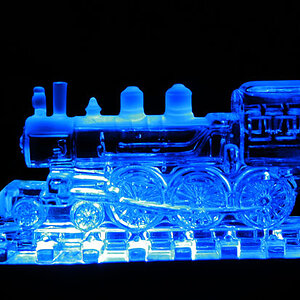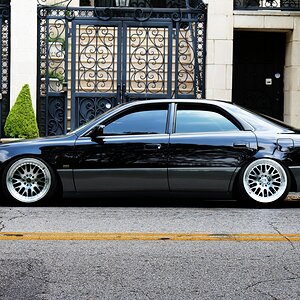mysteryscribe
TPF Noob!
- Joined
- Feb 1, 2006
- Messages
- 6,071
- Reaction score
- 3
- Location
- in the middle of north carolina
- Website
- retrophotoservice.2ya.com
- Can others edit my Photos
- Photos OK to edit
You know I work with paper negatives,,, and now and then a real one. I am thinking of going all 3x4 which is no big deal. It will allow me to do one thing I don't do now. That is to make contact prints which I think might do better on the scanner. I'm not sure. Can someone who has scanned flat bed prints and negatives tell me which looks the best.
I can build a 2nd light tight box like I use now. I can install a contact print frame with a simple light inside it. Then load the exposed paper into a daylight tank that I use now for paper negs. I won't have to make a complete darkroom. I'm wondering if it will be worthwhile.
I can build a 2nd light tight box like I use now. I can install a contact print frame with a simple light inside it. Then load the exposed paper into a daylight tank that I use now for paper negs. I won't have to make a complete darkroom. I'm wondering if it will be worthwhile.


![[No title]](/data/xfmg/thumbnail/32/32148-95f8731a01012cd472d3896791e3b7de.jpg?1619735233)

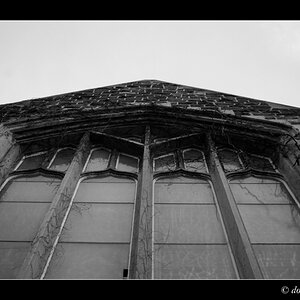
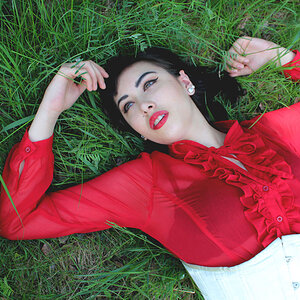
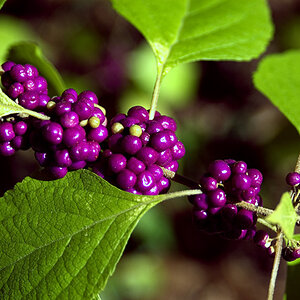
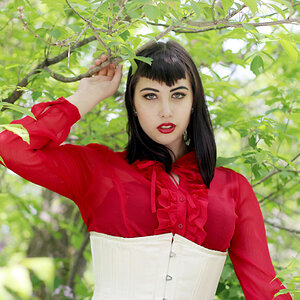
![[No title]](/data/xfmg/thumbnail/32/32149-c054b73653367ec806ccbf8e7c0646d9.jpg?1619735233)
![[No title]](/data/xfmg/thumbnail/32/32158-8de1a90710a58144b47a0cee83a6c820.jpg?1619735234)

